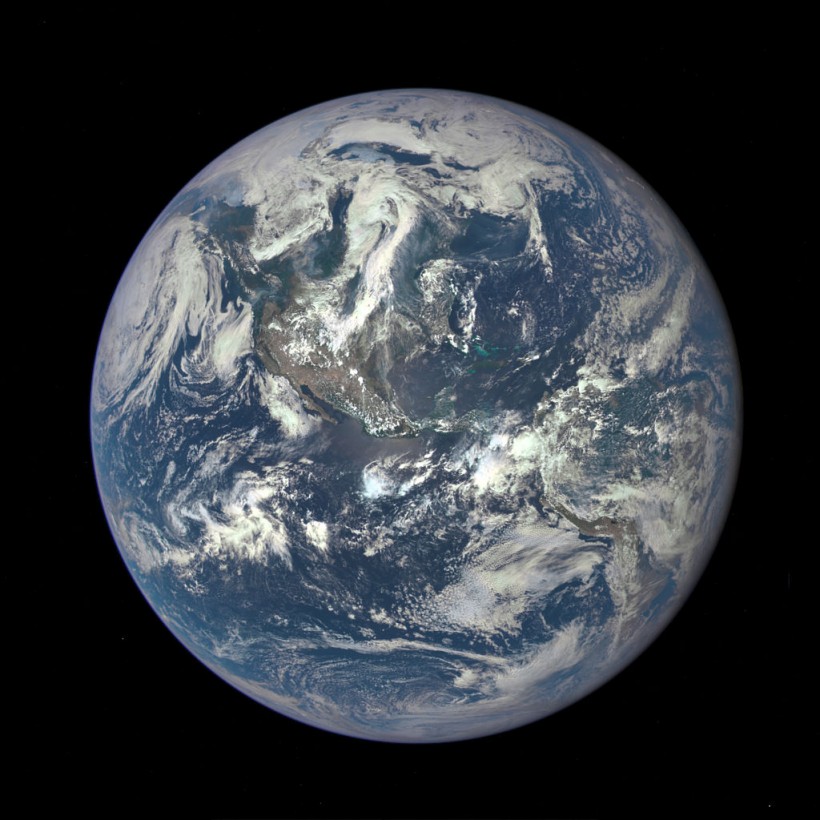The East African Rift System is the Earth's largest continental rift system, extending for more than 6,000 kilometers from the Afar region in Ethiopia to Mozambique.
The rift system is a nascent plate boundary where the African continent is splitting apart, creating new ocean basins and volcanic mountains.
The rift system is also a natural laboratory for studying the processes and mechanisms of continental rifting, which involves the stretching and thinning of the lithosphere-the outermost, rigid layer of the Earth.
Seismic anisotropy can reveal the orientation and shape of rock structures and minerals in the subsurface, and thus provide clues about the deformation history and dynamics of the Earth.
A recent study by researchers from Virginia Tech and other institutions has explained the origin and significance of this unusual deformation in the East African Rift System by using computer models that simulate the effects of mantle flow on lithospheric stretching.
The study has shown that the parallel deformation is driven by northward mantle flow associated with the African Superplume, a massive upwelling of the hot and buoyant mantle that rises from deep within the Earth beneath southwest Africa and goes northeast across the continent.
The study has also shown that this parallel deformation affects the evolution and outcome of continental rifting, and has implications for improving climate predictions.
How Mantle Flow Influences Continental Rifting
 (Photo : NASA via Getty Images)
(Photo : NASA via Getty Images)

Continental rifting is a complex process that involves various forces and factors that act on different scales and interact with each other. Some of these forces and factors are:
- Lithospheric buoyancy forces: These are related to the density and thickness of the lithosphere. Thicker and denser lithosphere tends to sink into the underlying mantle, creating a downward pull that causes extensional stress and rifting. Thinner and lighter lithosphere tends to float on top of the mantle, creating an upward push that resists rifting.
- Mantle traction forces: These are related to the horizontal movement of the mantle beneath the lithosphere. The mantle flows due to convection driven by temperature differences and plate motions. The mantle flow can drag or shear the base of the lithosphere, creating horizontal stress and strain that can either enhance or oppose rifting.
- Weakening processes: These are related to the reduction of strength and resistance of the lithosphere due to various factors such as temperature, pressure, water content, magmatism, faulting, and fracturing. Weakening processes facilitate rifting by lowering the amount of stress needed to deform and break the lithosphere.
The balance between these forces and factors determines whether continental rifting initiates, progress, or stops, as per Nature.
The balance can change over time and space depending on how these forces and factors vary and interact with each other.
The new study by researchers from Virginia Tech and other institutions has addressed this gap by using 3D thermomechanical models that simulate how mantle flow affects lithospheric stretching in different scenarios.
Also Read: Africa Splitting into Two Continents Could Form New Ocean
What The Models Reveal About The East African Rift System
The models showed that northward mantle flow associated with the African Superplume can generate parallel deformation in some parts of the East African Rift System by inducing shear stress and strain at the base of the lithosphere, as per Phys.org.
This shear stress and strain can rotate or align rock structures and minerals along the direction of mantle flow, creating seismic anisotropy parallel to the rift axis.
The models also showed that parallel deformation can affect the evolution and outcome of continental rifting by influencing the distribution and magnitude of lithospheric thinning.
In some cases, parallel deformation can enhance rifting by creating zones of weakness that facilitate lithospheric stretching and breaking.
In other cases, parallel deformation can inhibit rifting by creating zones of strength that resist lithospheric stretching and breaking.
The models also revealed that parallel deformation is more likely to occur in regions where the lithosphere is relatively thin and weak, and where the mantle flow is relatively fast and strong.
These conditions are found in the northern and eastern parts of the East African Rift System, where parallel deformation has been observed by seismic studies.
The study concluded that parallel deformation in the East African Rift System is driven by northward mantle flow associated with the African Superplume and that this deformation has significant implications for understanding and predicting the dynamics and diversity of continental rifting.
The study also suggested that parallel deformation may occur in other continental rift systems that are influenced by mantle flow, such as the Baikal Rift System in Siberia and the Rio Grande Rift System in North America.
The study also highlighted the importance of including mantle flow effects in climate models, as they can affect the emissions of greenhouse gases from continental rift systems.
Continental rift systems are major sources of carbon dioxide and methane to the atmosphere, as they release these gases from magmatic and geothermal activity, as well as from organic matter decomposition.
However, most climate models do not account for mantle flow effects or underestimate them due to insufficient data or coarse resolution.
The study suggested that more accurate and reliable data on mantle flow effects are needed to improve climate predictions.
Related article: Circumstances Around Rare Earthquake Lights Illuminated by New Study
© 2024 NatureWorldNews.com All rights reserved. Do not reproduce without permission.




![Roundworms with Short Memories 'Stop Forgetting' When Frozen or Given Lithium [Study]](https://1471793142.rsc.cdn77.org/data/thumbs/full/70295/280/157/50/40/roundworms-with-short-memories-stop-forgetting-when-frozen-or-given-lithium-study.jpg)
